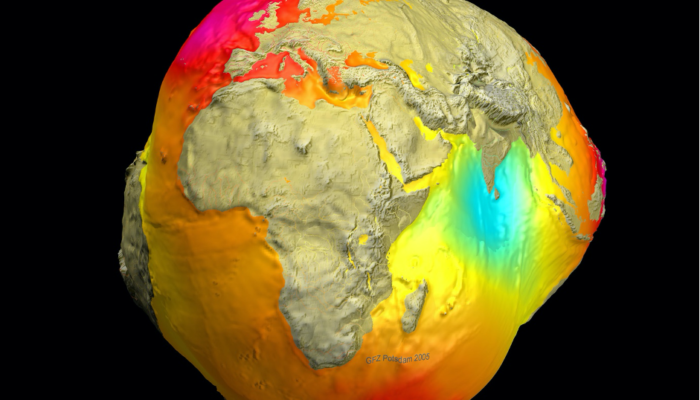Despite the emergence of some minor ailments, Antti is still going strong with his research. With a slight declination in his productivity levels whilst stubbornly grunting along, he feels he should (and perhaps could) do better. Annoyed, he growls: Academia has cost me my 20/20 vision (and given me a sore ass). Who do I blame? Dear Antti, Blame me. I apologize unreservedly for prolonging your scr ...[Read More]
The Indian Ocean Geoid Low at a plume-slab overpass
In this week’s News & Views, Postdoc Elodie Kendall from GFZ Potsdam shares with us recent work on the mantle structures that could explain the Indian Ocean Geoid Low. What is the geoid, what does it look like and what can it tell us about mantle structure? The geoid is a model of the shape of the oceans’ surface if only gravity and Earth’s rotation act ...[Read More]
The Sassy Scientist – #WriteProperly #NoMoreAcronyms
Nerea cannot get enough of writing papers, reports and proposals. However, actually reading scribbles, especially those jotted down by (under)grad students, leaves her a histrionic gasp. She thus ejaculates: LLSVP or LLVP or LL(S)VP – why must we prolong the acronym wars? Aupa Nerea, The Americans. No doubt. It has got to be them. Just like so many things, they’ve ruined that beloved English ...[Read More]
Rayleigh-Taylor instability in geodynamics
Flow against gravity is a common feature in the geodynamic phenomenon. In this week’s Geodynamics 101, Dip Ghosh from Jadavpur University Geodynamics Lab will explain the fundamentals of Rayleigh-Taylor instability: A key to understanding the anti-gravity flow. It has long been realized that most of the geodynamic processes can be described in terms of slow viscous flow. Thus, like many othe ...[Read More]



